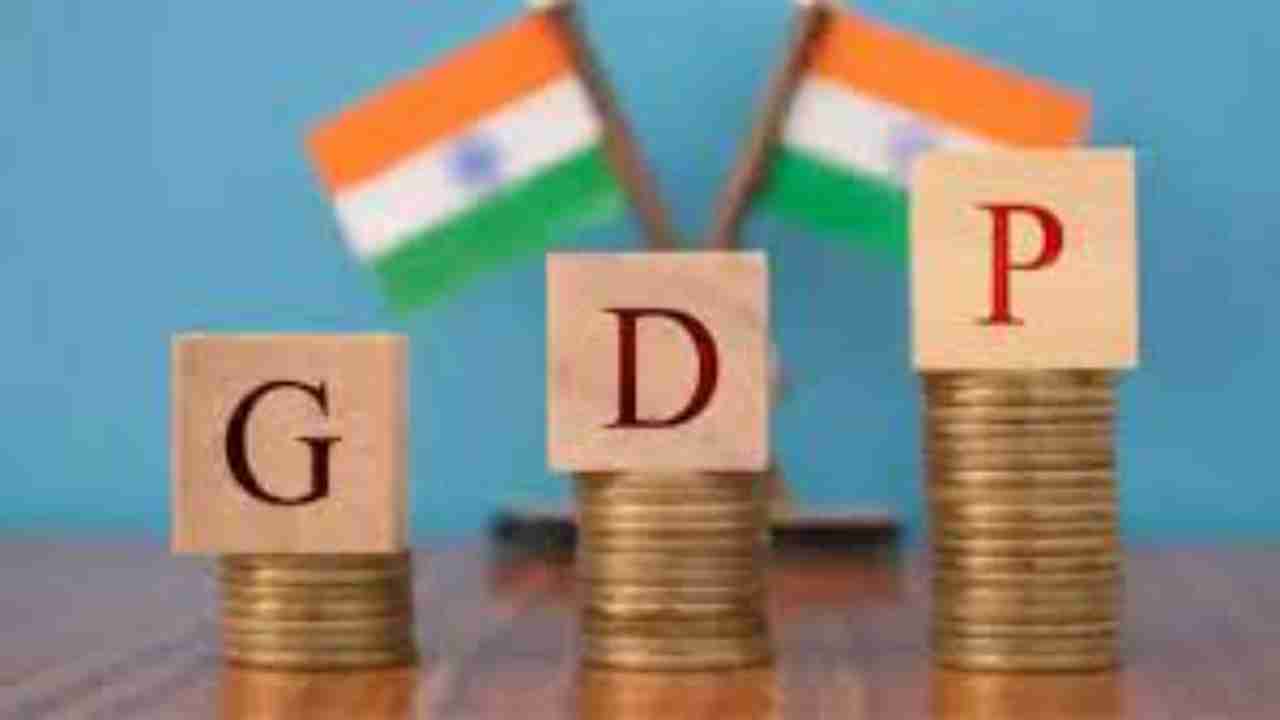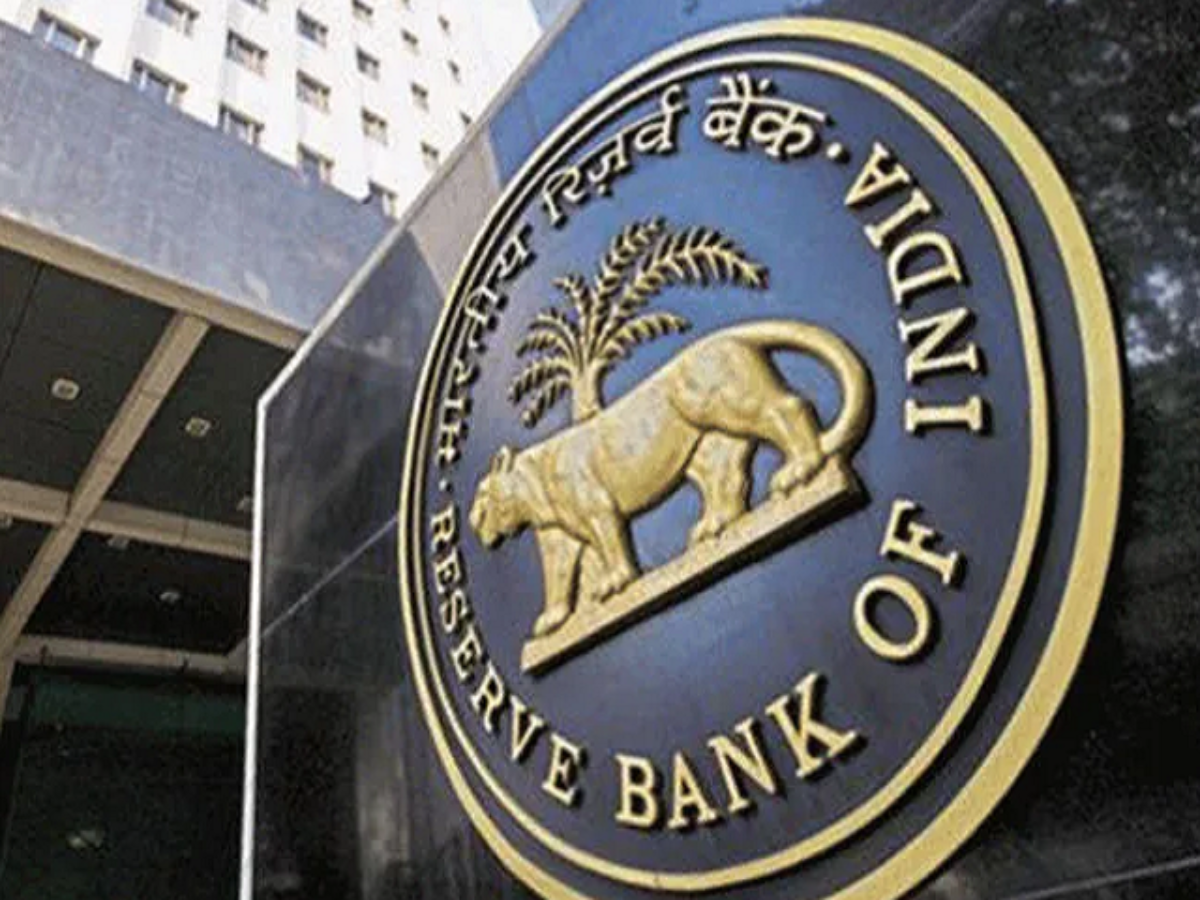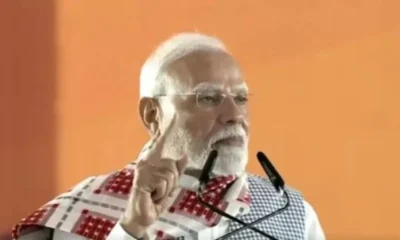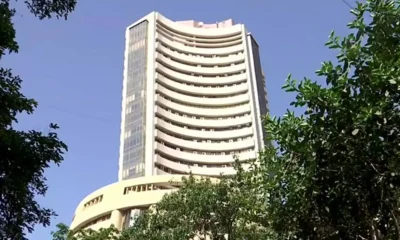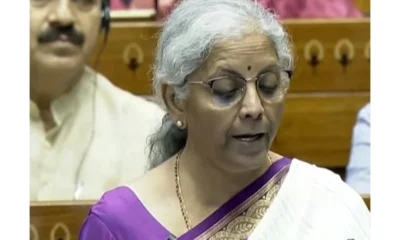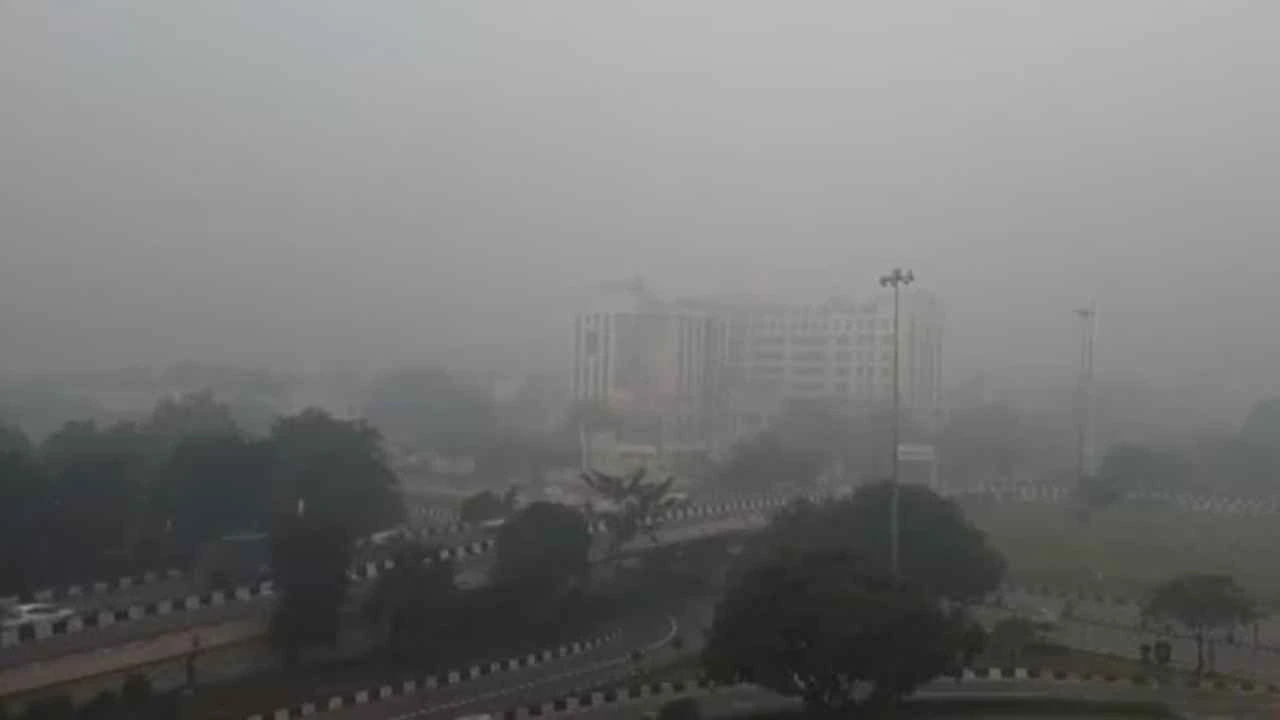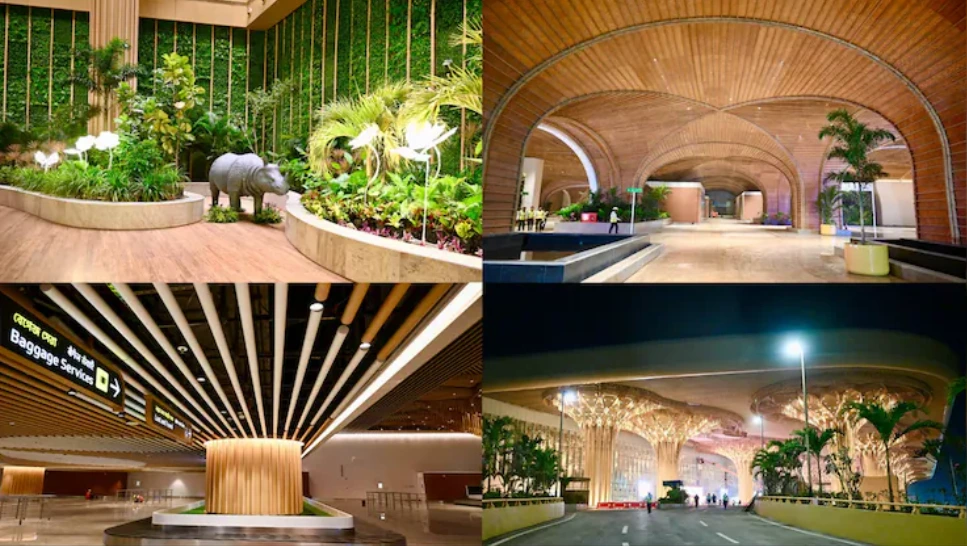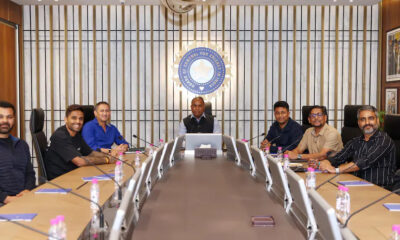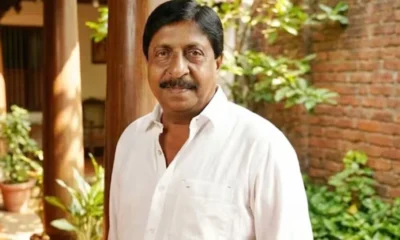india has risen as the quickest developing significant economy on the planet and is relied upon to be one of the best three financial forces on the planet throughout the following 10-15 years, sponsored by its hearty vote based system and solid associations.
Market size
India’s (GDP) (at steady 2011-12 costs) was assessed to be Rs 145.65 lakh crore (US$ 2.06 trillion) for 2019-20, becoming 4.2 percent over the earlier year.
India held its situation as the third biggest beginning up base on the planet with more than 8,900-9,300 new businesses as 1,300 new companies got consolidated in 2019 as per a report by NASSCOM. India likewise saw the expansion of 7 unicorns in 2019 (till August 2019), taking the absolute count to 24.
India’s workforce is relied upon to contact 160-170 million by 2020 dependent on the pace of populace development, expanded workforce interest and advanced education enrolment among different variables.
India’s unfamiliar trade holds arrived at Rs 37.31 lakh crore (US$ 493.48 billion) in the week up to May 29, 2020 as per the information from RBI.
Latest Developments
With an improvement in the financial situation, there have been ventures across different areas of the economy. The mergers and securing (M&A) movement in India remained at US$ 28 billion out of 2019, while private value (PE) bargains arrived at US$ 48 billion. A portion of the significant late improvements in Indian economy are as per the following:
Product fare and import (in US$ terms) declined by 4.8 percent and 9.1 percent, separately, in 2019-20.
Nikkei India Manufacturing Purchasing Managers’ Index (PMI) remained at 30.8 in May 2020, demonstrating withdrawal in the area on account of Covid related limitations.
Net expense income remained at Rs 15.04 lakh crore (US$ 215.28 billion) in 2019-20 – pay charge assortment contributed Rs 4.80 lakh crore (US$ 68.14 billion) to it..
In 2019, organizations in India raised around US$ 2.5 billion through 17 beginning public offers (IPO).
India’s Foreign Direct Investment (FDI) value inflow arrived at US$ 469.99 billion between April 2000 to March 2020, with top level input from administrations, PC programming and equipment, broadcast communications, development, exchanging, and autos.
India’s Index of Industrial Production (IIP) for 2019-20 remained at 129.2.
The joined record of eight center enterprises remained at 137 in March 2020. Its combined development was 0.6 percent in 2019-20.
Customer Price Index (CPI) – Combined expansion was 5.9 percent in March 2020 when contrasted with 6.6 percent in February 2020. The yearly purchaser cost swelling expanded to 4.8 percent in 2019-20 from 3.4 percent in 2018-19.
Around 12 million positions in a year were made in India during 2015-19.
India improved its positioning in World Bank’s Doing Business Report by 14 spots over a year ago and was positioned 63 among 190 nations in the 2020 version of the report.
India is relied upon to have 100,000 new businesses by 2025, which will make work for 3.25 million individuals and create US$ 500 billion in esteem according to Mr T V Mohan Das Pai, Chairman, Manipal Global Education.
Government Initiatives
The principal Union Budget of the third decade of 21st century was introduced by Minister for Finance and Corporate Affairs, Ms Nirmala Sitharaman in the Parliament on February 1, 2020. The financial plan pointed toward empowering the Indian economy through a blend of present moment, medium-term, and long haul measures.
Complete use for 2020-21 is planned at Rs 37.14 lakh crore (US$ 531.53 billion), an expansion of 13 percent from 2019-20 (amended spending gauges).
Various unfamiliar organizations are setting up their offices in India because of different Government activities like Make in India and Digital India. Mr Narendra Modi, Prime Minister of India, dispatched Make in India activity with a mean to support nation’s assembling area and increment buying intensity of a normal Indian shopper, which would additionally drive interest and spike advancement, accordingly profiting financial specialists. The Government has likewise concocted Digital India activity, which centers around three center parts: making of advanced foundation, conveying administrations carefully and to build the computerized proficiency.
A portion of the ongoing activities and improvements attempted by the Government are recorded beneath:
Pradhan Mantri Garib Kalyan Package (PMGK) was acquainted in April 2020 with give alleviation to oppressed and assist them with facing the conflict against COVID-19. The spending plan dispensed to the plan was Rs 1.70 lakh crore (US$ 24.12 billion).
India is required to draw in speculation of around US$ 100 billion in building up the oil and gas foundation during 2019-23.
The Government of India will build general wellbeing spending to 2.5 percent of the GDP by 2025.
For usage of Agriculture Export Policy, Government affirmed a cost Rs 206.8 crore (US$ 29.59 million) for 2019, pointed toward multiplying ranchers salary by 2022.
Under the Pradhan Mantri Awas Yojana (Urban), Government has endorsed more than 96.50 lakh houses under PMAY(U) and affirmed 606 recommendations for the development of 3,31,075 houses with a general venture of Rs 15,125 crore (US$ 2.16 billion).
The Cabinet Committee on Economic Affairs has affirmed to expand the approved capital of Food Corporation of India (FCI) from the current Rs 3,500 crore (US$ 500.79 million) to Rs 10,000 crore (US$ 1.43 billion).
India has enlisted a 26.9 percent decrease in Maternal Mortality Ratio (MMR) since 2013: Sample Registration System Bulletin-2016.
Around 26.02 million family units were charged by 31st March 2019 under Pradhan Mantri Sahaj Bijli Har Ghar Yojana (SAUBHAGYA).
In the mid-term survey of Foreign Trade Policy (FTP) 2015-20, the Ministry of Commerce and Industry improved the extent of Merchandise Exports from India Scheme (MEIS) and Service Exports from India Scheme (SEIS), expanded MEIS motivation for instant articles of clothing and made-ups by 2 percent, SEIS impetus by 2 percent and expanded the legitimacy of Duty Credit Scrips from year and a half to two years. In April 2020, Government broadened FTP for one more year (up to March 31, 2021).
Street Ahead
India’s GDP is relied upon to arrive at US$ 5 trillion by FY25 and accomplish upper-center salary status on the rear of digitization, globalization, great socioeconomics, and changes.
Read Also: Importance of Money | What is the importance of Money?
India is likewise zeroing in on sustainable sources to create energy. It is intending to accomplish 40% of its energy from non-fossil sources by 2030, which is as of now 30%, and have plans to expand its sustainable power limit from to 175 gigawatt (GW) by 2022.
India is required to be the third biggest buyer economy as its utilization may significantly increase to US$ 4 trillion by 2025.


